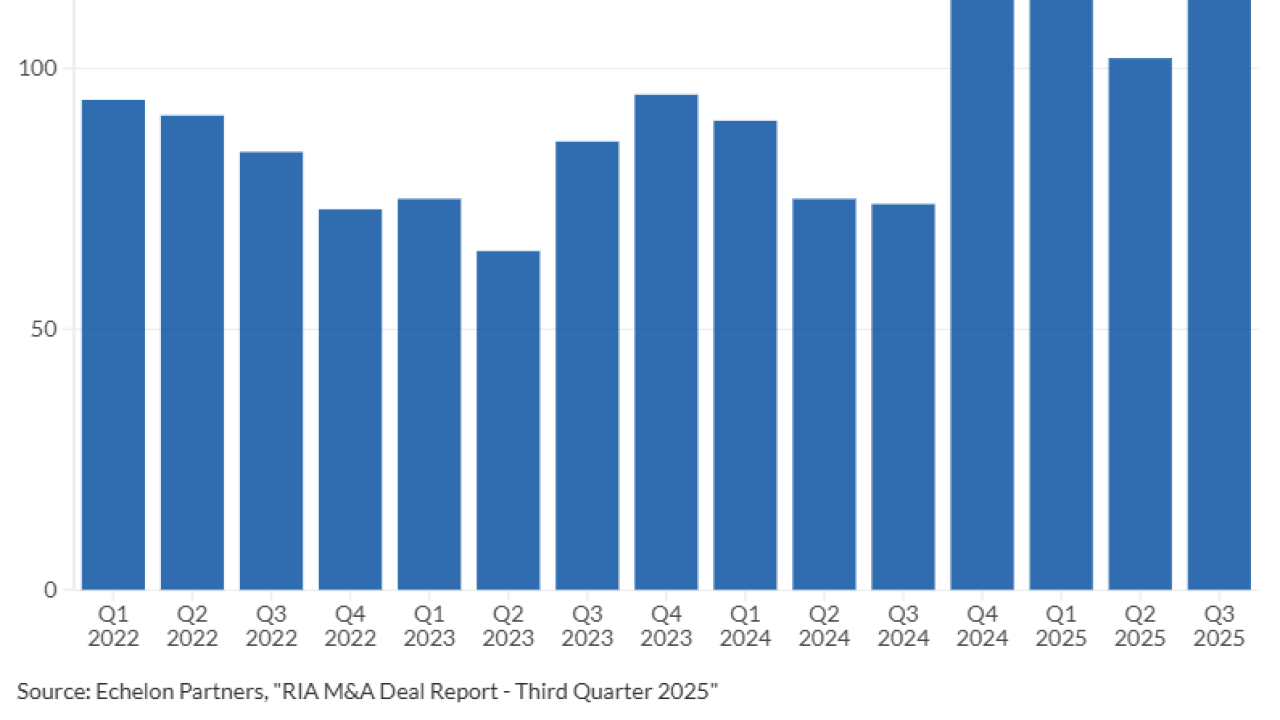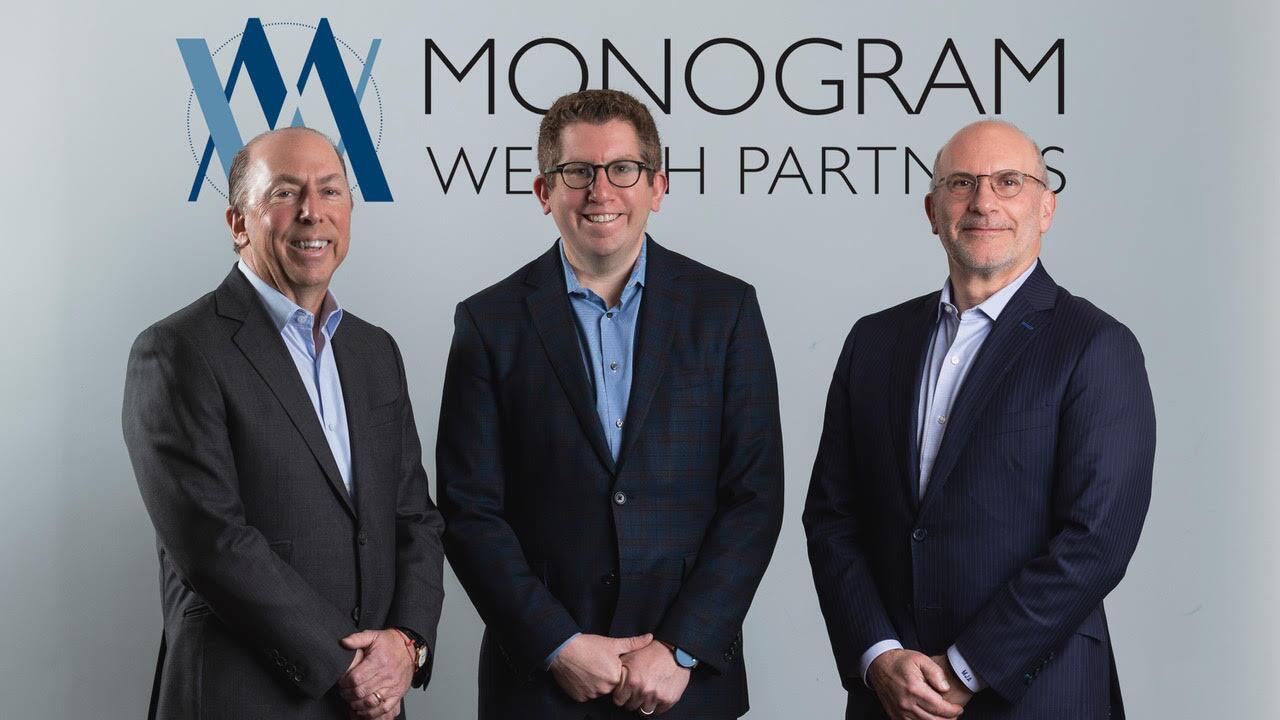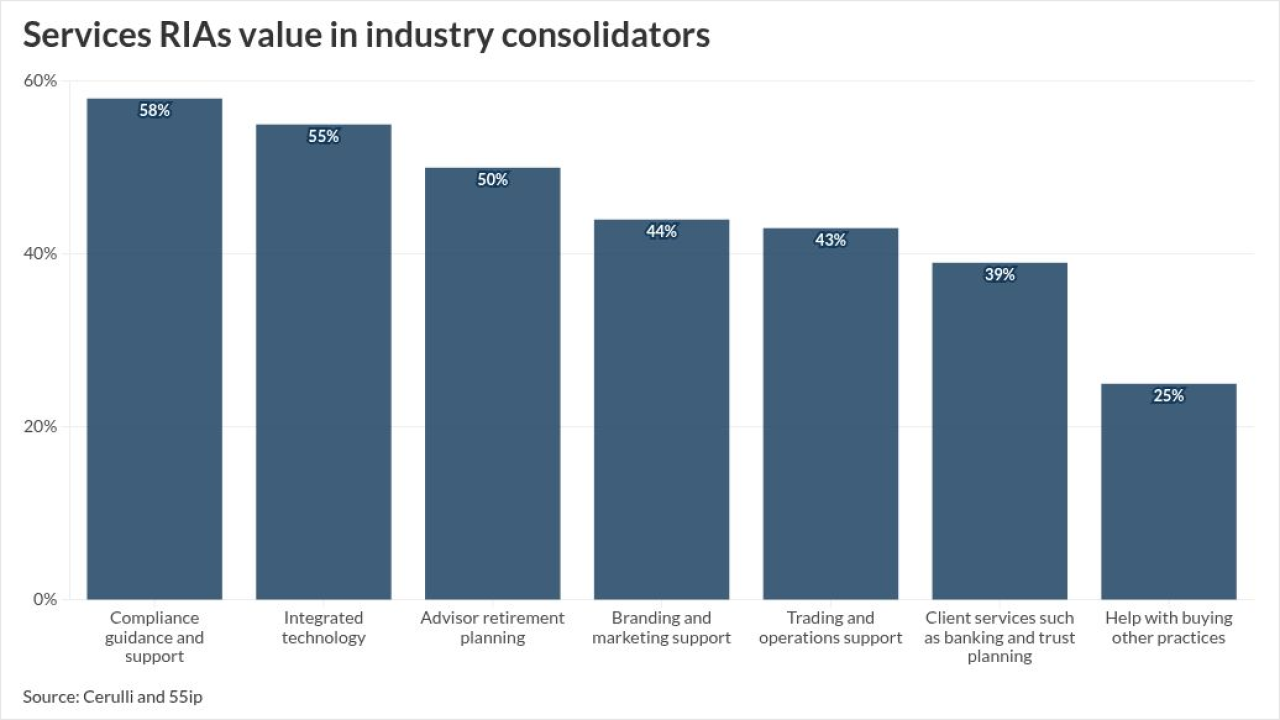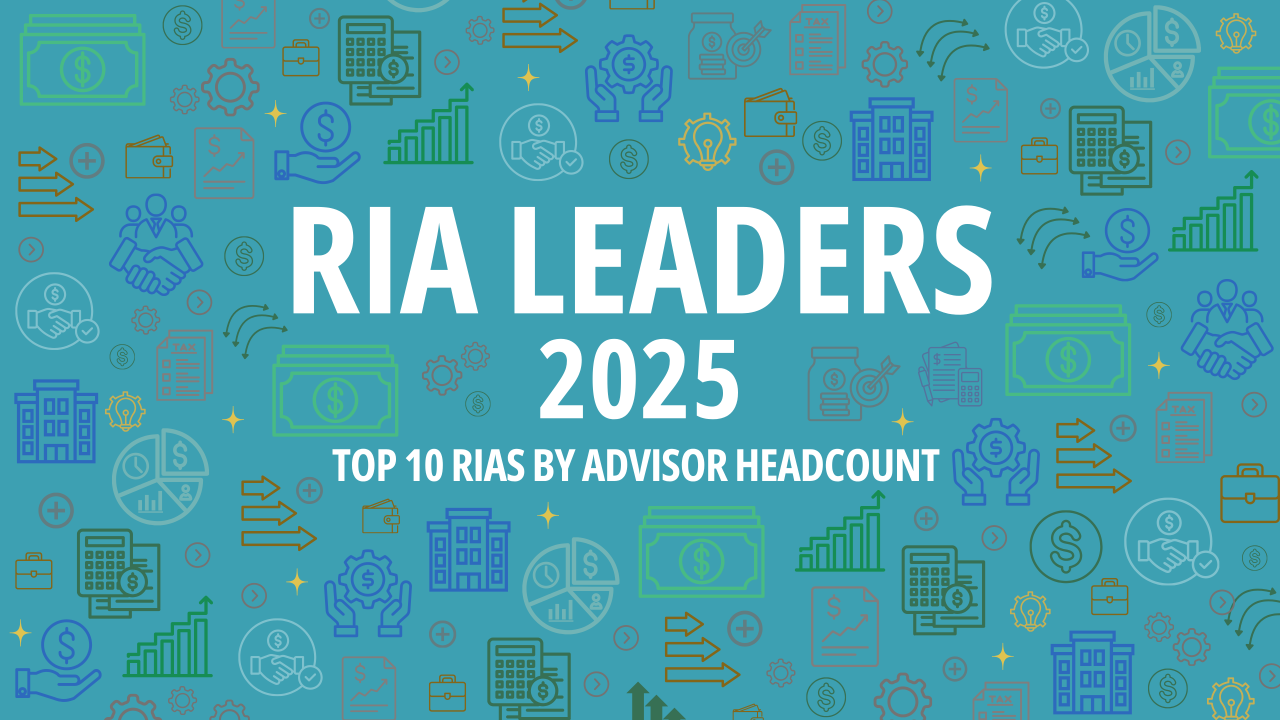Buried halfway through the
The increase will be effective for everyone who renews their CFP certification starting Nov. 1, and it also includes everyone who goes through the initial CFP certification process after November. Consequently, anyone who passes the November exam is going to find their certification costs a little higher than previously expected.
Now, I can’t fault any organization for periodically raising its fees. It’s inevitable, especially for any sizeable organization. And in fact, this is the first change in the CFP Board Certification fees since July 2011, when the organization’s public awareness campaign first launched. But once you consider that a part of our annual certification fee goes toward the public awareness campaign, this increase suddenly becomes a much bigger deal.
WHY NOW — AND ALL AT ONCE?
Prior to the CFP Board’s public awareness campaign, the certification fee was $360, payable every two years. The biannual fee structure aligned with the biannual CE certification cycle. So you need
-
Board executives say the value of the CFP designation has grown. They also nod to more potential changes in the conduct standards.
October 5 -
The door has closed for public comments on the board’s propositions. While some industry heavyweights commended them, critics call out contradictions.
August 25 -
Does holding a CFP, ChFC or CFA correlate to better client service? At last, hard evidence shows that clients do better with designated planners.
May 26
At the time the CFP Board introduced its public awareness campaign, it announced two changes to the CFP certification fee. The first — and really the big one — was that it would add a $145 per year surcharge to the certification fee, specifically earmarked for the public awareness campaign. Multiplied across what at the time was about 64,000 CFP certificates, that produced about $9 million per year for the CFP Board to allocate toward public awareness on top of a
The second change was to convert that biannual $360 certification fee into an annual $180 fee in steps. In essence, they just took the $360 every two and made it $180 every one, which adds up to $360 every two.
Paired together, that’s how we got
Functionally, it’s a $30 increase on the certification fee portion, which means the CFP Board is moving its fee from $180 to $210. Across its whole operating budget, that represents a 17% increase on the certification fees over what it has charged over the past couple of years. And multiplied across
This raises a pair of questions: Why so much of an increase now, and why all at once? Again, the increases aren’t unusual in the long run and this is the first fee increase the CFP Board has done since 2011. And again, the increase in 2011 was just adding the $145 public awareness campaign surcharge on top of what was then a $360 biannual fee — or $180 a year. It has actually been almost 10 years since the CFP Board raised that core certification fee from $180 a year, or $360 every two years.
Meantime, the organization’s growth has been dictated by the top line number of CFP certificants who pay those fees. Catching up for a decade’s worth of inflation adjustments is consequently not unreasonable, but still, it’s pretty noticeable when it happens all at once — especially when the CFP Board ran a $1.3 million surplus in 2015, which is the last year its Form 990 is publicly available. It’s not like they’re hurting for revenue on the operating budget right now.
SATISFACTION RATINGS
All this being said, it’s worth recognizing the substantial progress that the CFP Board is making in executing on its initiatives with the certification fees that we pay. As substantial as the fee increase was for the public awareness campaign, the latest tracking study showed that even by 2015, just four years in, CFP certification
And every measure of public awareness for the CFP marks — top of mind awareness, unaided awareness, trust in CFP certification, intent to seek out a CFP certficant, etc. — were all up very materially in the past several years.

Not surprisingly then, the CFP Board
That’s a pretty big deal. After all, it was an 80% fee increase and almost 80% of advisors are still fully on board with it. The CFP Board is getting results and most of us actually seem to be pretty satisfied with those results, as we should be. At the same time, it’s crucial to recognize the success the CFP Board has had in actually growing the CFP marks themselves.
Bear in mind, if you look at data from Cerulli, the number of advisors in total is basically flat since 2011 and down almost 10% in the past 10 years, yet the number of CFP certificants is up 25% since 2011 and almost 50% in the past 10 years. That’s phenomenal growth to achieve for the CFP Board — to be growing the ranks of the CFPs by 50% in a time when the head count of total advisors declined by 10%.
To the extent we pay certification fees to maintain the marks and build awareness for them, the CFP Board appears to be doing a remarkable job at executing and getting results, which is why I so strongly advocate that anyone who wants to establish their career as a planner needs to get CFP certification. It is becoming the
Likewise, if someone has often disagreed with the CFP Board about its policies over the years, I advocate
BOARD ACCOUNTABILITY
At the same time, I do think accountability is crucial, especially since the CFP Board has been prone in recent years to taking actions without soliciting much input or even holding public comment periods. It did put forth a comment period on the recent proposed change to the
Aside from that change, it’s been over five years since the CFP Board
Ever since the CFP Board
In that context, it’s fair to ask why exactly the board feels the need to take a 17% increase on certification fees for 2018. Why so much? Why now, especially if the organization is already running a substantial operating surplus of $1.3 million on an $18 million operating budget in 2015, and has more than $20 million in net reserves available?
Was there some major downturn for the CFP Board in 2016 that we just can’t see on the Form 990 yet because it’s not publicly available? Or is the CFP Board raising revenue in advance of some new initiative that we haven’t even been told about and that we’re being forced to pay for before we even know what it is? Or is the CFP Board
-
To manage risk in the equity markets, advisers should pitch a V-shaped bond tent.
December 2 -
Flawed questionnaires, conflicting interests, unclear regulatory stances — it’s a mess, but it can only get better.
October 11
It’s especially odd since the CFP Board tried to put through a
Is the increase to generate revenue from the center that it couldn’t secure last year? Unfortunately, we don’t know because the CFP Board gave no substantive explanation for the 17% increase beyond saying it supports the operations of CFP Board in fulfilling its mission and strategic priorities.
And so again, while I’m not necessarily critical of an organization that raises its fees over time — especially when it’s the first increase in such a long time — the question remains: Why does the CFP Board now, all of a sudden, need another $2.3 million in its operating budget for 2018? You don’t need $2.3 million on an already handsome $18 million operating budget just to give the whole team well-deserved raises.
Toward what initiatives is this actually earmarked? Is the Center for Financial Planning already experiencing some kind of mission creep by claiming a portion of CFP Board operating budget — even though it was never supposed to come from operating budget dollars? What does it take to get some basic transparency? This isn’t just 3% or 5% adjustment we can write off as an annual cost of living tweak. For a 17% increase and a $2.3 million revenue grab, we are owed a more substantive explanation.
So what do you think? Were you aware of the CFP Board’s 17% fee increase? Should the CFP Board be more transparent about what this fee increase will fund? Please share your thoughts in the comments below.





